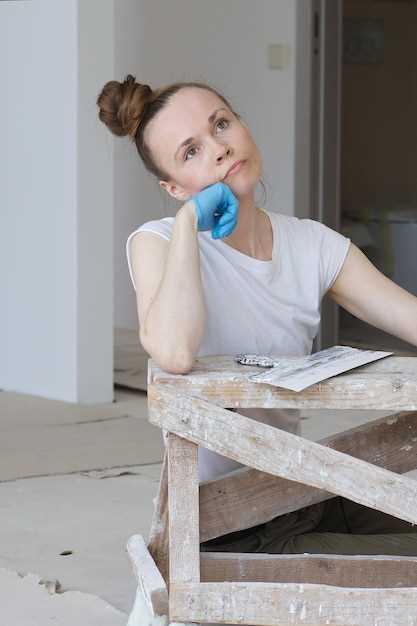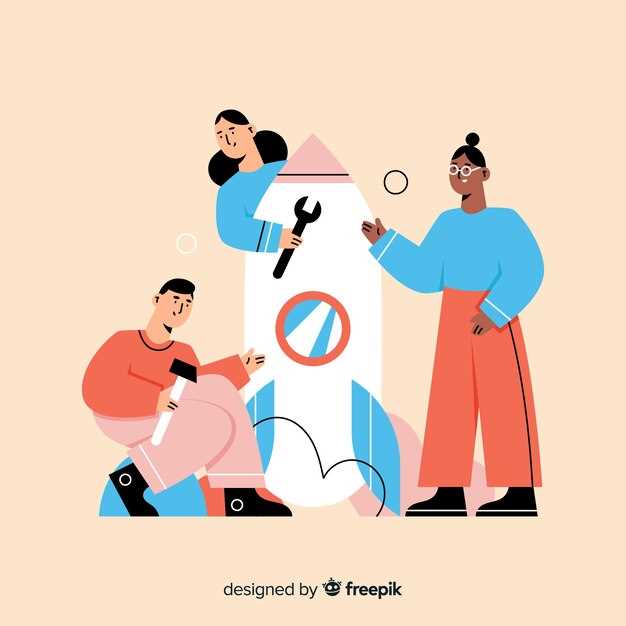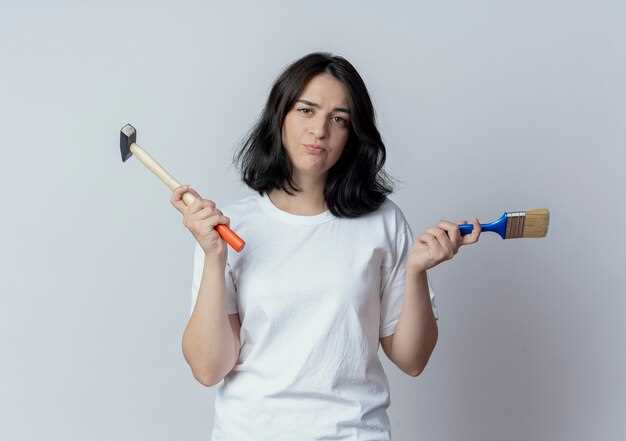
Restoration, whether of classic cars, vintage furniture, or historical buildings, is an art that requires precision and dedication. However, many enthusiasts often find themselves caught in a web of common mistakes that can undermine the effectiveness of their efforts. Understanding these pitfalls is essential for achieving the desired results and preserving the integrity of the item being restored.
One of the most significant mistakes in restoration projects is the lack of thorough research. Classic items often have specific requirements for materials and techniques that, if overlooked, can lead to poor results and even damage. It is crucial to familiarize oneself with the history and original specifications of the piece before starting the restoration process.
Another frequent error is the temptation to cut corners for the sake of expediency. Rushing through restoration can result in subpar workmanship, leading to long-term issues. It’s essential to prioritize quality over speed, ensuring that every detail is attended to with care. By avoiding these common mistakes, restorers can achieve superior results and breathe new life into classic items.
Identifying Inadequate Preparation Techniques

Effective restoration relies heavily on proper preparation. However, many individuals overlook essential steps, leading to common mistakes that can compromise the outcome. Recognizing inadequate preparation techniques is crucial for achieving superior results in restoration projects.
One classic mistake is failing to assess the condition of the item or area being restored. A thorough evaluation allows for the identification of underlying issues, such as structural damage or hidden contamination, which must be addressed before the restoration process begins.
Another critical error is using inappropriate cleaning methods and materials. Utilizing the wrong techniques can further damage the object or surface, making restoration more challenging. For instance, using harsh chemicals instead of gentle cleaners can strip away original finishes or materials.
Inadequate workspace preparation is also a frequent oversight. Not clearing the area of debris or distractions can impede the restoration process and inadvertently cause harm to the item. It is essential to create a controlled environment that minimizes risks.
Moreover, neglecting to gather necessary tools and materials prior to starting the project often leads to interruptions and frustration. A lack of planning can result in incomplete work or the use of subpar materials that compromise the integrity of the restoration.
Finally, ignoring safety precautions poses significant risks. Failing to wear appropriate protective gear or not ensuring proper ventilation can lead to health hazards, ultimately impacting not only the restoration process but also the well-being of those involved.
By recognizing these inadequate preparation techniques, restorers can avoid common mistakes and significantly enhance the quality and success of their restoration efforts.
Understanding the Importance of Material Compatibility
In the realm of classic restoration, ensuring material compatibility is paramount to achieving successful outcomes. Many restoration errors stem from the use of inappropriate materials, which can lead to irreversible damage and compromise the integrity of the original object. This underscores the significance of carefully selecting materials that are chemically and physically compatible with those being restored.
When restoring artifacts or structures, it’s essential to consider the original materials used in their creation. For instance, using modern adhesives or coatings on antique wood may not only alter the aesthetic but can also prevent the wood from breathing, leading to deterioration over time. Proper investigation into the historical context and material composition can guide restorers in choosing suitable substitutes or conservation techniques that respect the original craftsmanship.
In many restoration projects, specific materials may react negatively when combined, causing these classic pieces to degrade. For example, the introduction of metal fasteners into wooden structures can lead to rusting and expansion issues, which can damage surrounding materials. By ensuring compatibility, restorers can minimize potential risks and enhance the longevity of the restored item.
Furthermore, understanding compatibility extends beyond individual materials to how they interact within the overall environment of the restoration project. Factors such as temperature, humidity, and exposure to light must be considered to create a harmonious balance that preserves the integrity of the restoration. These considerations help build a solid foundation for achieving better results and avoiding common restoration errors.
In summary, material compatibility is a critical factor in classic restoration. By prioritizing the selection of compatible materials, restorers not only honor the original work but also enhance the chances of a successful and sustainable restoration. Awareness of this principle can significantly reduce errors and lead to a more respectful and effective restoration process.
Avoiding Over-Restoration: Finding the Right Balance

Over-restoration is a common error in the field of restoration, where the focus on perfection can lead to significant alterations that detract from the original character of a piece. Classic restoration principles emphasize the importance of preserving the authentic details and historical context, ensuring that the integrity of the object remains intact.
To avoid over-restoration, it is crucial to assess the condition of the item thoroughly before beginning any work. Documentation is an essential first step; take detailed photographs and notes about the original state of the object. This will serve as a reference point, helping to maintain a balance between necessary repairs and excessive alterations.
Another key aspect is to limit the use of modern materials and techniques that may not align with the original practices used in the creation of the item. Understanding the historical context is vital; use materials and methods that are in line with those used during the period of its creation. This respect for tradition not only protects the item’s value but also enhances the authenticity of the restoration.
When initiating any restoration project, consider seeking advice or collaboration from experienced conservators who understand the potential pitfalls of over-restoration. Their insights can help identify areas that require intervention and those that should remain untouched, guiding the process toward more credible results.
Ultimately, striking the right balance between restoration and preservation is essential. Keeping the original vision alive while making necessary repairs will ensure that the piece continues to tell its story without compromising its historical significance. By consciously avoiding over-restoration, we can create outcomes that celebrate the past while being mindful of the future.


